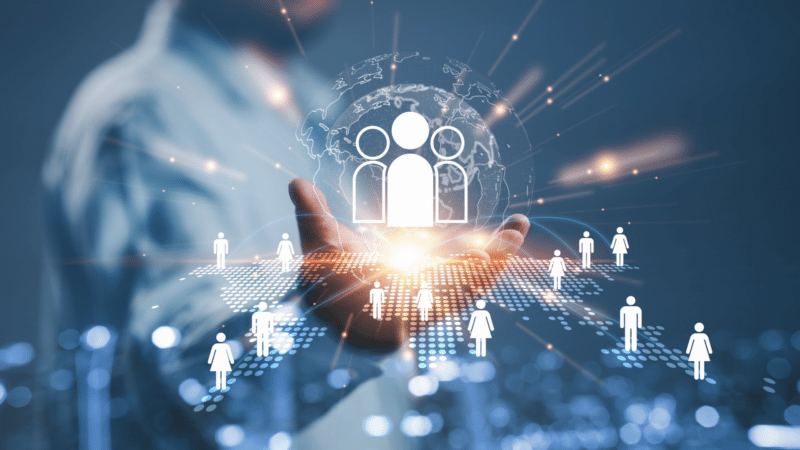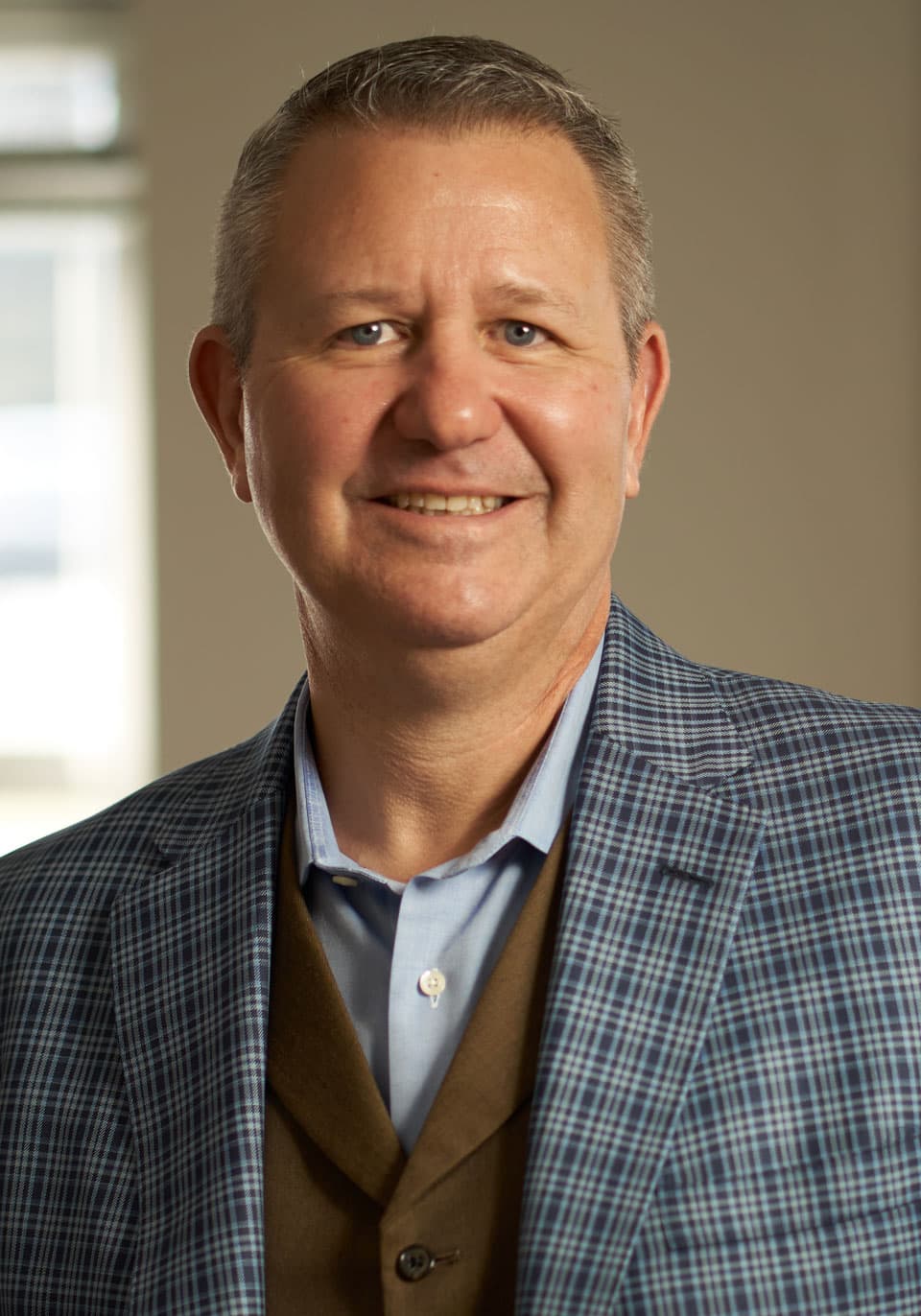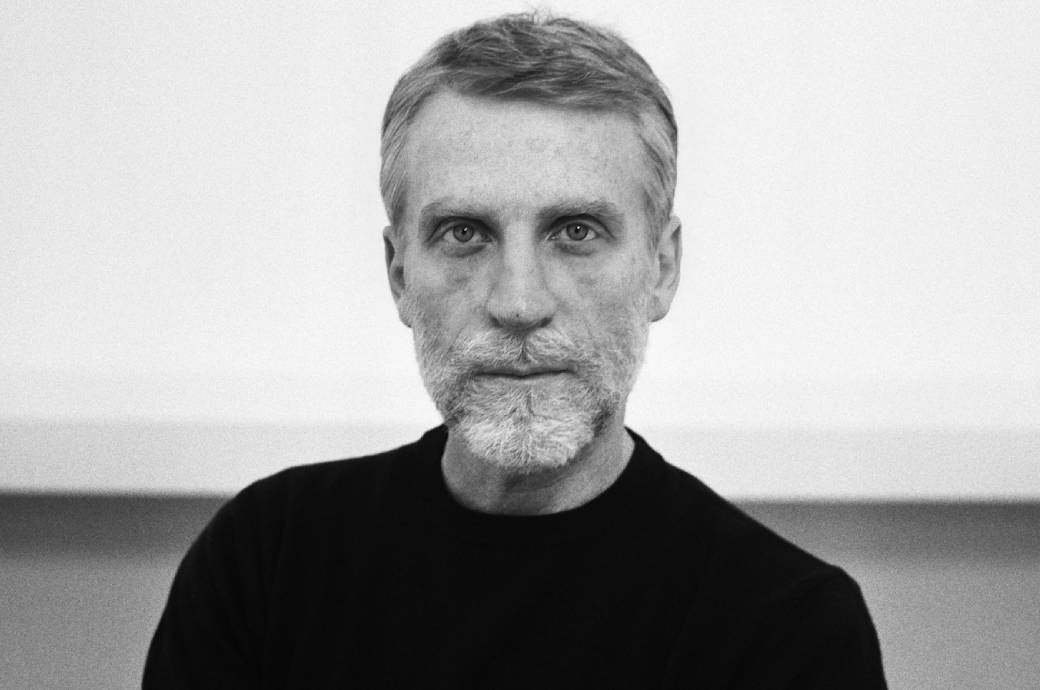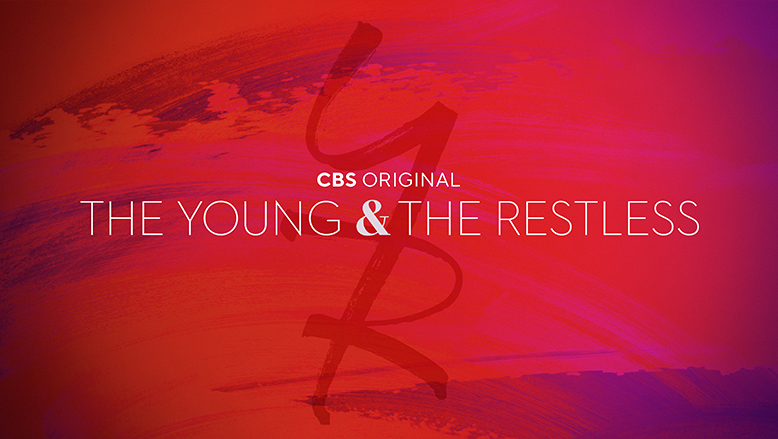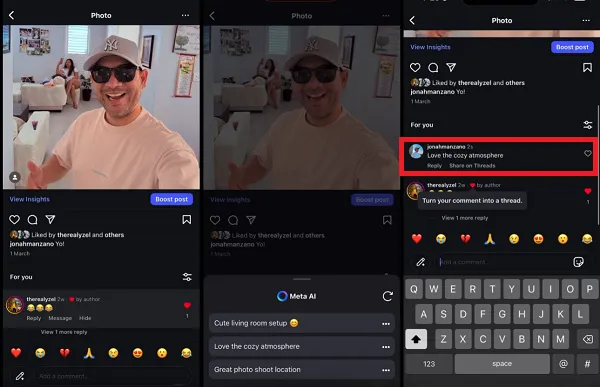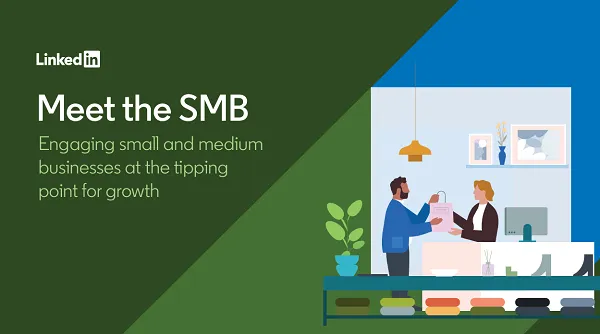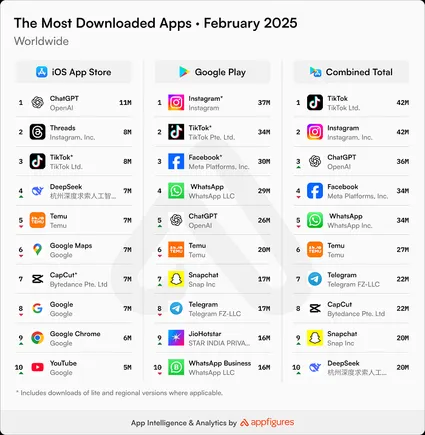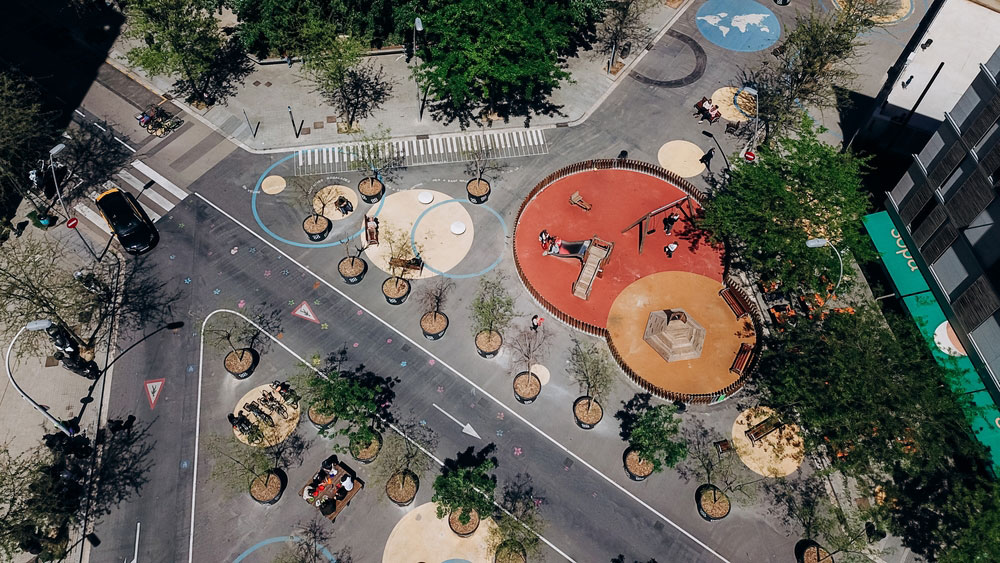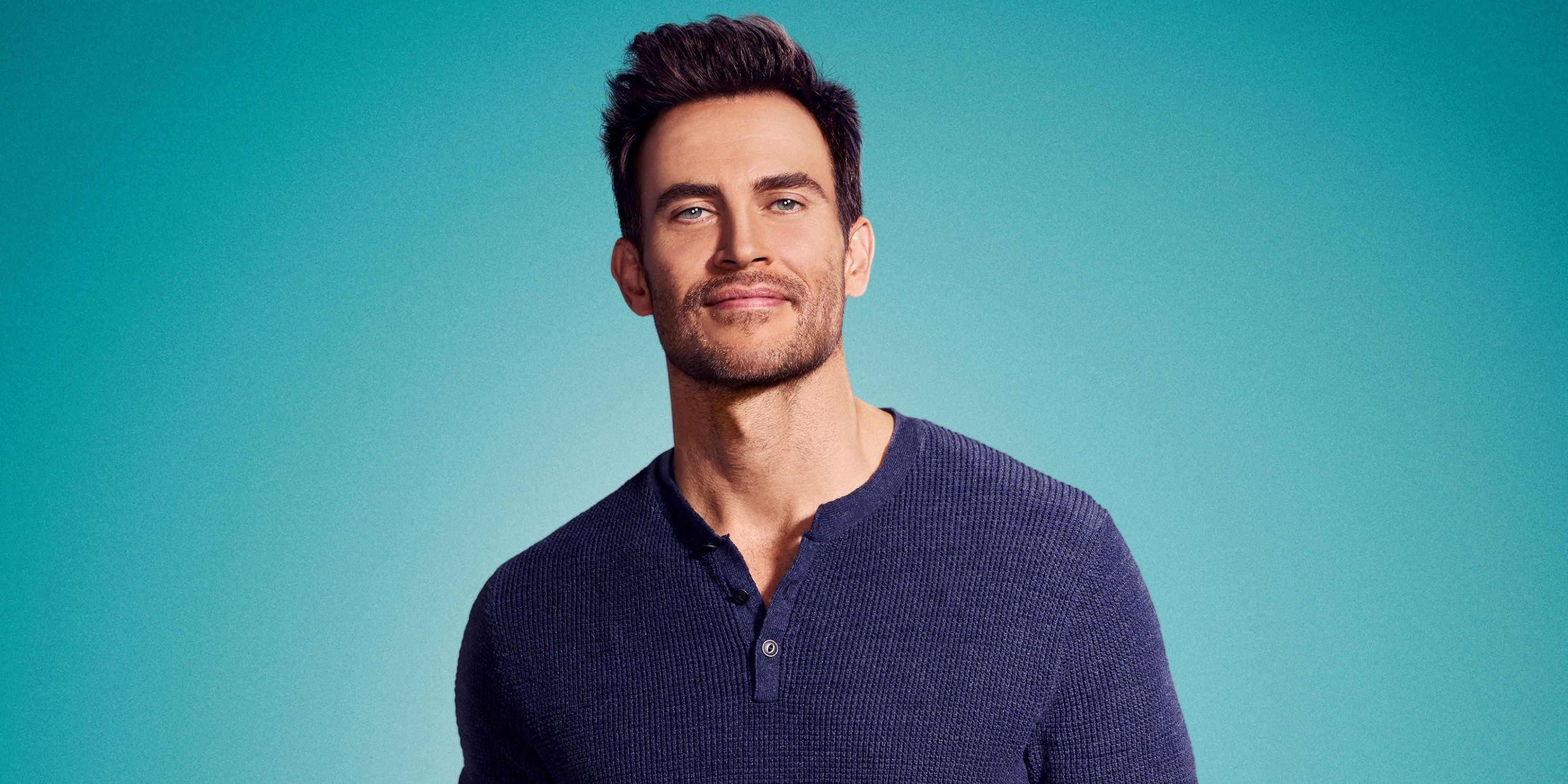In the wake of a global pandemic, the Great Resignation, and the prolonged phenomena of remote work, the workplace has started to feel like a “MASH unit” where employees are trying their best to remember their purpose as community bonds become more strained, stretched and attenuated. As a result, this is an opportune time for leaders to exhibit transformational leadership, redesign their organizational cultures, and rebuild that fleeting sense of community.
However, the mistake would be to assume that building a sense community is simply a result of one’s output. While there are tangible and practical elements that leaders must focus on in order to build a collective sense of nurture and care, community-building also requires the leader to epitomize the very essence of community in how they hold space for others, cultivate relationships, and illuminate who they are. Given those necessary attributes, I invite today’s global leaders (whether in civic, corporate, or grassroots circles) to study the example set by the LGBTQ+ community, which has experience in fostering a sense of community by virtue of its cultural pathway.
From my review of the business and social landscape, people are feeling more lonely and isolated than ever. Sixty percent of Americans are feeling lonely on a regular basis, and this trend has been rising steadily since the 1970s. As a result, more and more people are looking for ways to fill that relational void and build community. Given our attachment to work and our professional proximity to each other in the workplace, it seems logical that many would see the work environment as a natural place to generate a greater sense of community. In fact, studies show that a majority of employees are likely to thrive and be engaged when they feel a sense of community, and two-thirds of employees are more likely to stay with their organization when the notion of community is part of the ethos.
Yet, the idea of community is not just an organic or naturally occurring phenomenon. In order to develop community and to curb the tide of increasing loneliness and isolation, now more than ever we have to act with intentionality and embody the sense of community. At a time when people are feeling disconnected and isolated, the role of any leader should be to galvanize their employees, peers, and teams in a way that allows them to reconnect with their shared humanity. It means bringing people together to talk about their values, their vision, and their common sense of purpose. It means being the type of leader who knows how to model connection, human curiosity, and vulnerability. At a time when employees are feeling disconnected, a closer look at the LGBTQ+ community can provide answers as to how to build community and improve connection.
Members of the LGBTQ+ community have proven to be savvy at building community by showing vulnerability and an uncompromising ability to showcase who they are, which has naturally encouraged others to be more connected to their best self. At a time when LGBTQ+ people are facing unprecedented attacks on their livelihood, the numbers of LGBTQ+ people who are out and visible continue to rise. The synergistic effect of being oneself is that it encourages others to be themselves as well.
That being said, community is not just about identification. The idea of “community” is not just about being LGBTQ+ any more than it is about working for a common employer. It is about providing the inclusive energy where people feel they belong to a circle of people who care about them deeply. One of the cultural staples of LGBTQ+ people is an abiding sense of community where people care for each other and seek to help each other grow. We would do well to remember that in the last 50+ years, the LGBTQ+ community is one of the few communities to survive a pandemic, and our survival was due in large part to our ability to maintain our intragroup bond and bolster our collectivist spirit. The opportunity for today’s leaders, no matter the industry or their tenure, is to develop a similar sense of community within the confines of their business or organization. The Queer community has built community consistently throughout history when its identity has been denigrated, its humanity has been questioned, and its safety has been put in peril. Today’s leaders should similarly look for ways to create a genuine sense of community, especially when people come together to work side-by-side every single day.
This raises the question: What does it mean to build community? Leaders have to embody a type of energy that says: “I am here to lead without setting aside my humanity. I can show up and showcase more than just my business savvy or my strategic thinking. I can employ more than my “grip-and-grin” social acumen. I can be more open about my journey as a human being in this post Covid-19 world and support efforts where our employees can commune, connect with each other in more authentic ways and reimagine what the world can look like.”
Community is not just an idea, it’s a consciousness. It speaks to the idea that we are all in this together. It means intentionally creating the space for people to connect in ways that help us to be gracious, kind, and affirming. It suggests fostering the mindset that none of us is doing well while any of us is suffering. It signifies “beingness” and not just “doingness.” In community, people are able to show up and revel in who they are – even if for a short time – in order to do more together than what they could possibly do alone.
In other words, community-building from a leadership standpoint means making people feel like they belong. But contrary to popular opinion, a sense of “belonging” is not just a by-product of inclusive efforts to bring different people together. It must be the conscious result of leaders taking the time and initiative to share their struggles, reveal their vulnerabilities, and open their hearts in a way that encourages others to be nurturing, authentic and affirming as well. It means treating work not just as a place to do business, but as a place for lively engagement and human-centered gathering.
As you seek to build greater community in your organization while contending with time constraints, market fluctuations, and a never-ending barrage of responsibilities, here are a few recommendations that may help you transform your workplace from a collection of strangers into a purpose-driven community:
- Pen a monthly letter to your workforce sharing your thoughts and feelings about your journey to become a better leader.
- Check-in with people throughout your organization to say hello and learn more about who they are.
- Direct your leadership team, directors, and managers to create space for employees to interact and build a sense of community.
- Make yourself accessible to stakeholders at all levels of the organization in ways that feel authentic, genuine, and human.
- Actively seek coaching and input from all levels of the organization in order to nurture a collective sense of compassion, openness and empathy.
- Champion and engage in community events on a regular basis in a way that shows that you’re a promoter and not just a spectator.
- Look for discrete ways to show more vulnerability and reveal more of your persona.
- Support leaders within your organization to grow in their personhood in order to create greater psychological safety for the people they serve.
- Find new and inventive ways to build community that go beyond typical corporate-type events.
- Give community events the proper space, time, attention and resources to actually shift the culture to a more human-centered place.
The LGBTQ+ community has taught us that throughout the course of history and in the course of our everyday living, we would do well to remember who we are in our collective humanity. What this means is that as we facilitate community-building within the workplace and our spheres of influence, we must shine a light on ourselves and our own growth as we seek to build a bridge to others. One of the more uncomfortable truths of leadership is that an organization will not grow if its leadership does not grow, and today’s leaders have to affect a different form of leadership if they want to rebuild and repair the organizational cultures that have been ravaged in recent years by distrust, isolation, burnout, and apathy. Leaders must be the architects for the thriving and dynamic cultures that support a strong sense of community. If leaders can show vulnerability, attentiveness, and curiosity about the lives of those around them, they can be successful in their community-building efforts and help employees feel more connected than they ever have before.
Written by Dr. Joel A. Davis Brown.
Have you read?
Wealthiest Sports Owners in the World?
World’s Richest Actors And Their Net Worth.
World Richest Tennis Players And Their Net Worth.
Richest NFL (National Football League) Players.
Top CEOs in Singapore, 2023.
Add CEOWORLD magazine to your Google News feed.
Follow CEOWORLD magazine headlines on: Google News, LinkedIn, Twitter, and Facebook.
Thank you for supporting our journalism. Subscribe here.
For media queries, please contact: info@ceoworld.biz
















